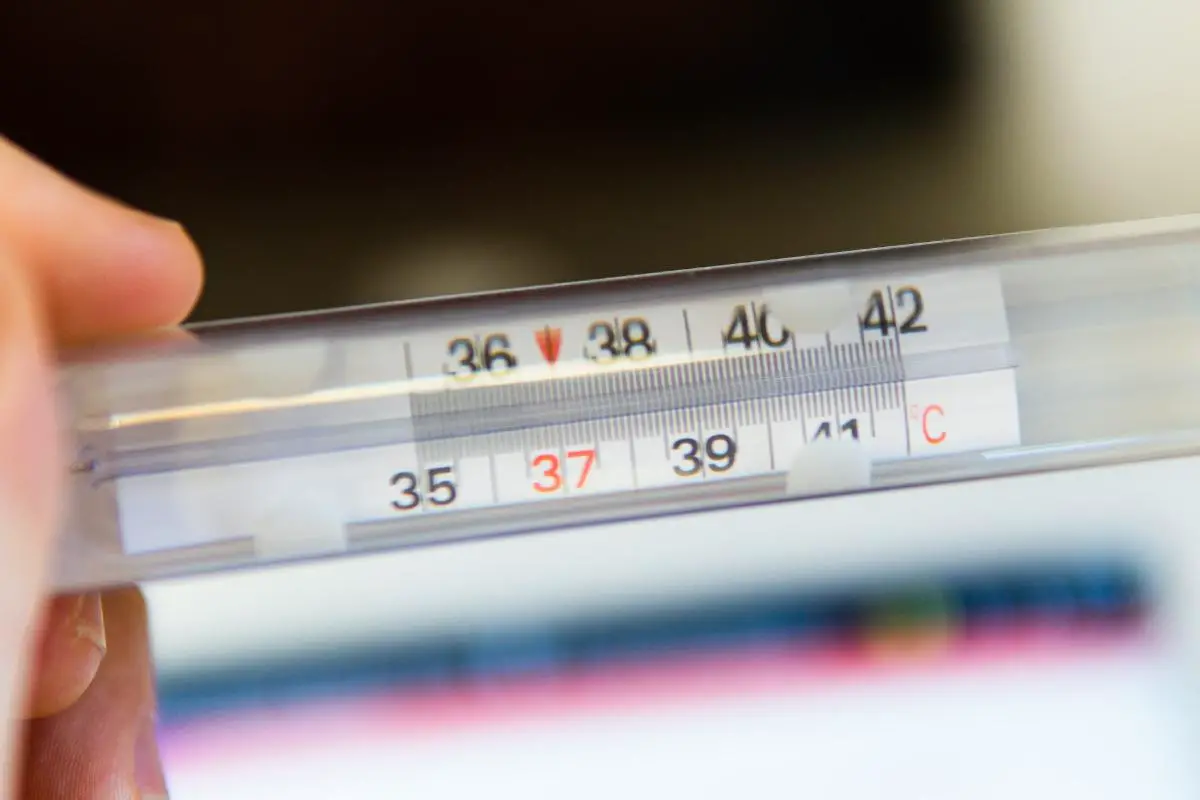If you want to know if a glow plug should be hot or cold keep reading. Also, learn if it’s a good idea to let them warm up and how to test them.
Should a Nitro Glow Plug Be Hot or Cold?
Your choice depends on several factors:
- Engine Type and Tuning: High-performance engines, especially those tuned for racing or high RPMs, often require colder plugs to prevent overheating. On the other hand, engines designed for everyday use or those running in cooler climates might benefit from a hotter plug.
- Fuel Nitromethane Percentage: Higher nitromethane content in the fuel tends to increase engine temperature. A colder plug might be a better choice in this case to counteract the increased heat.
- Driving Style: If you’re frequently running your RC car or airplane at high speeds and RPMs, a colder plug may be ideal. For more casual or everyday driving, a hotter plug could suffice.
- Ambient Temperature: In colder climates or seasons, a hot glow plug can assist in easier starting and smoother idling. Conversely, during hotter months or in warm regions, a cold plug might be a better fit.
Understanding the Terms: Hot vs. Cold

In the context of nitro glow plugs, “hot” and “cold” do not directly relate to the temperature of the plug itself. Instead, they refer to the plug’s heat range or its ability to retain heat:
Hot Glow Plug:
These have a thinner coil wire and a larger coil diameter. They retain heat for longer, which facilitates combustion, especially in cooler ambient temperatures or with lean fuel mixtures. Hot glow plugs often provide improved idling and smoother transitions from low to high throttle.
Cold Glow Plug:
Cold plugs, on the other hand, have a thicker wire and a smaller coil diameter. They don’t retain heat as well as hot plugs, making them suitable for higher compression engines, hotter running conditions, or rich fuel mixtures.
Cold plugs can withstand aggressive driving and prolonged high RPMs without overheating.
Should You Always Let Glow Plugs Warm Up?
This depends on a few factors:
Cold Conditions
In colder temperatures, always let the glow plugs warm up. They are designed for this specific purpose, and not using them can lead to hard starts, increased wear on the engine, and higher emissions.
Warmer Climates
In warmer conditions, the need for glow plugs decreases. Modern diesel engines, coupled with improved diesel fuels, can start efficiently even without the aid of glow plugs when it’s warm. However, if the glow plug indicator on your dashboard illuminates, it’s still a good idea to wait.
Modern Diesel Engines
Technological advancements have led to more efficient diesel engines that rely less on glow plugs, especially in milder conditions. If you drive a newer diesel model, the need to wait for glow plugs might be reduced.
Dashboard Indicator
Most diesel vehicles come with a glow plug indicator on the dashboard. When you turn on the ignition, this indicator lights up, and when the glow plugs are adequately warmed, the light goes out. It’s a straightforward guide for drivers: if the light’s on, wait; if it’s off, you’re good to go.
These are the benefits of pre-warming:
- Engine Longevity: Repeatedly starting the engine without allowing the glow plugs to warm up can lead to incomplete combustion. This can leave residues that over time can harm the engine and decrease its lifespan.
- Fuel Efficiency: Proper ignition ensures that the fuel is burned more completely, leading to better fuel efficiency and reduced emissions.
- Smooth Operation: Warming up the glow plugs ensures a smoother and more stable engine operation. This is crucial, especially during cold mornings when the engine is more susceptible to knocking or rough idling.
- Reduced Emissions: Cold starts without warming up can lead to increased emissions, as the diesel fuel doesn’t burn as completely or efficiently.
How Do You Test a Nitro Glow Plug?
Here is what you will need and what to do:
Tools You’ll Need
- Glow plug wrench or suitable pliers
- A 1.5V battery (AA size will work)
- A pair of alligator clips or small jumper wires
Steps:
- Removal: First, remove the glow plug from the engine using a glow plug wrench or pliers. Do this carefully to avoid damage.
- Visual Inspection: Before using any tools, look at the plug’s filament. It should be intact, without breaks or deformations. A damaged or broken filament indicates that the plug needs replacement.
Battery Test:
- Connect one of the alligator clips or jumper wire to the bottom of the glow plug (the threaded end).
- Connect the other alligator clip to the top of the glow plug (the cap).
- Now, touch the other ends of these wires to the positive and negative terminals of your 1.5V battery. It doesn’t matter which wire goes to which terminal.
- Observe the filament inside the glow plug. It should glow bright orange-red. If it doesn’t, the plug might be faulty.
Assessment:
- Bright Glow: This indicates a good glow plug.
- Dim or No Glow: This suggests that the plug is either worn out or defective. In such cases, consider replacing the plug.
- Reinstallation: If the glow plug passed the test, carefully reinstall it into the engine. Ensure that you don’t overtighten it, as this can damage the threads or the plug itself.
Additional Tips
- Always handle glow plugs with care. They are delicate and can be easily damaged.
- Ensure that your engine and glow plug are cool before attempting any tests or removals.
- Occasionally, a glow plug might test fine but still not perform well in the engine. This could be due to other issues like fuel quality, engine tuning, or external factors like altitude or humidity.
